Global high-mix volume high-speed PCBA manufacturer
9:00 -18:00, Mon. - Fri. (GMT+8)
9:00 -12:00, Sat. (GMT+8)
(Except Chinese public holidays)
Global high-mix volume high-speed PCBA manufacturer
9:00 -18:00, Mon. - Fri. (GMT+8)
9:00 -12:00, Sat. (GMT+8)
(Except Chinese public holidays)
HomePage > Blog > Knowledge Base > Flexible PCB: Introduction, Types, Materials and Its Applications
Flexible PCB is also known as the flexible printed circuit board, flexible printed circuit, or flexible circuit board. We call it this name because it allows the circuit to be flexibly designed to fit electronic devices or products rather than just being constructed on the circuit board.
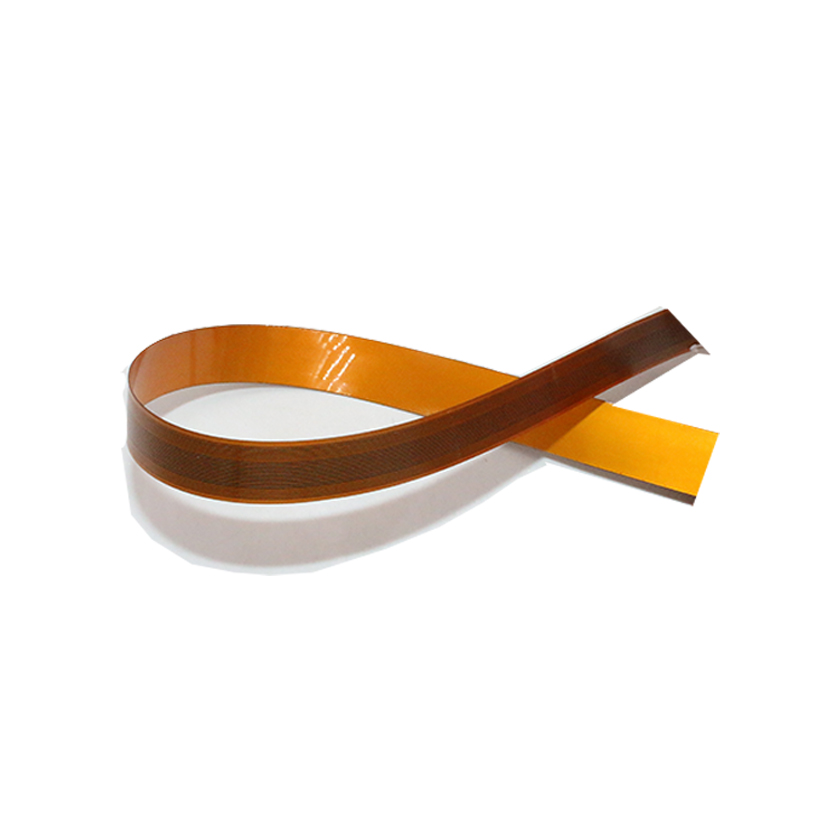
This is one of the basic types of the flexible circuit board. The single-sided flexible PCB includes a single layer of flexible polyimide film and a thin copper layer. The conductive copper layer can only be accessed from one side of the flexible printed circuit.
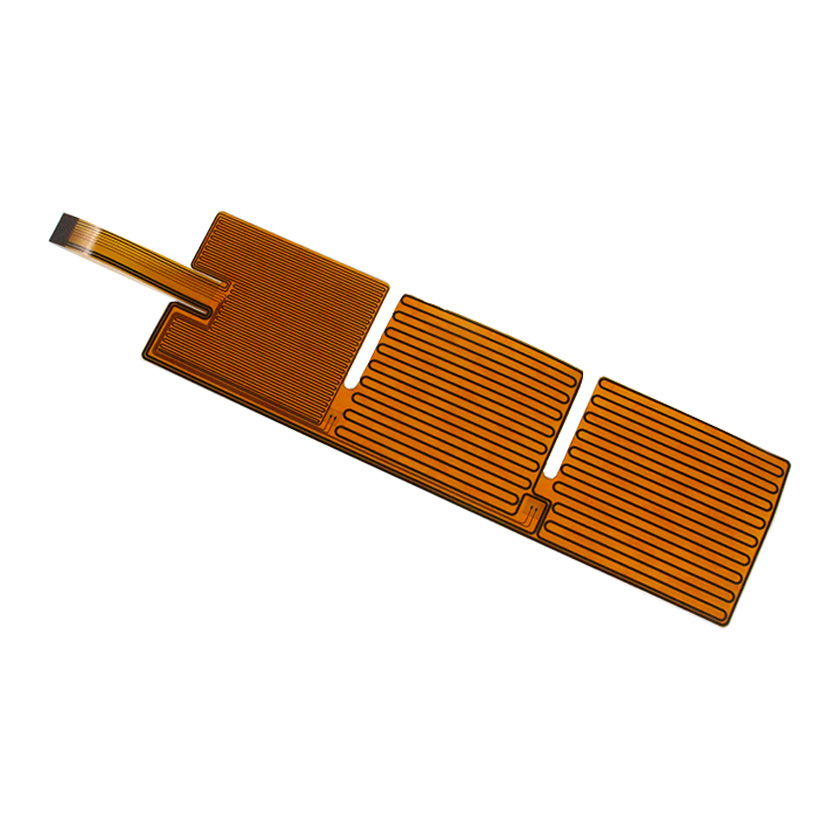
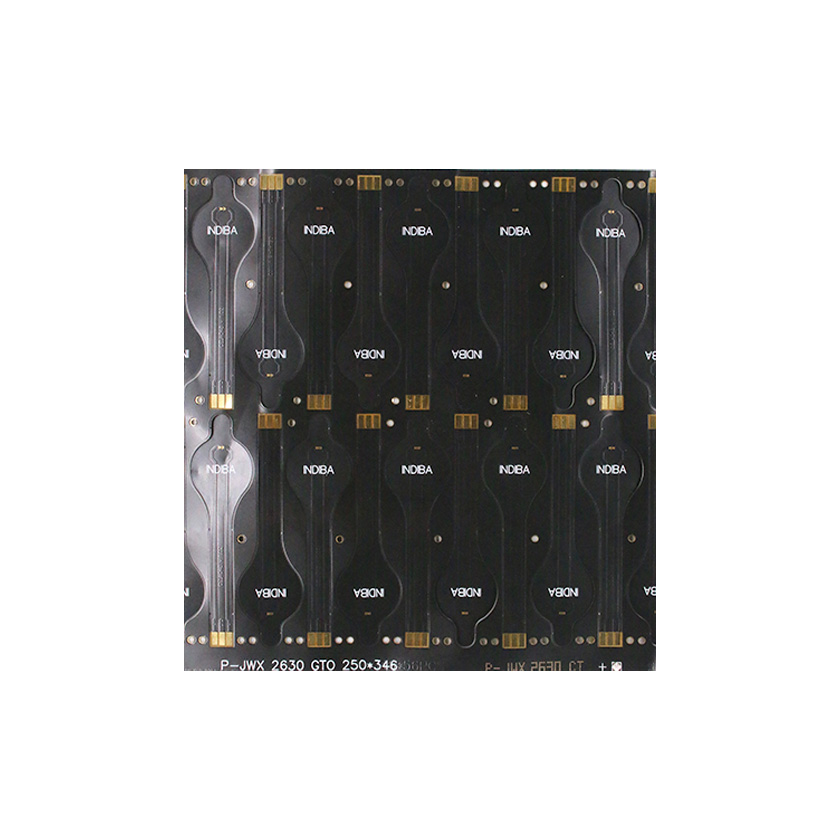
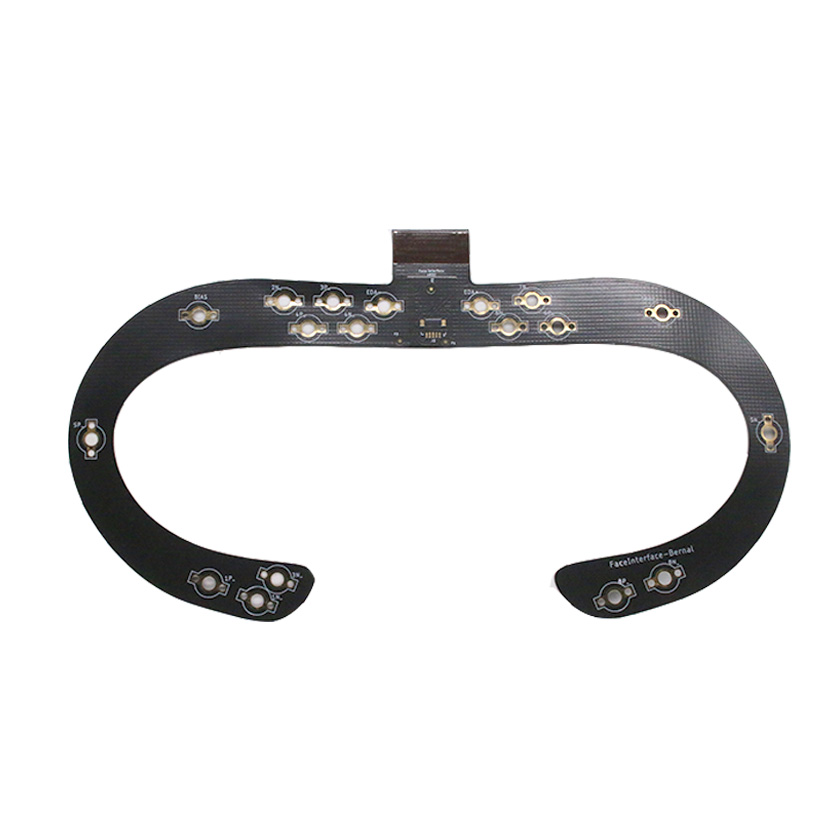
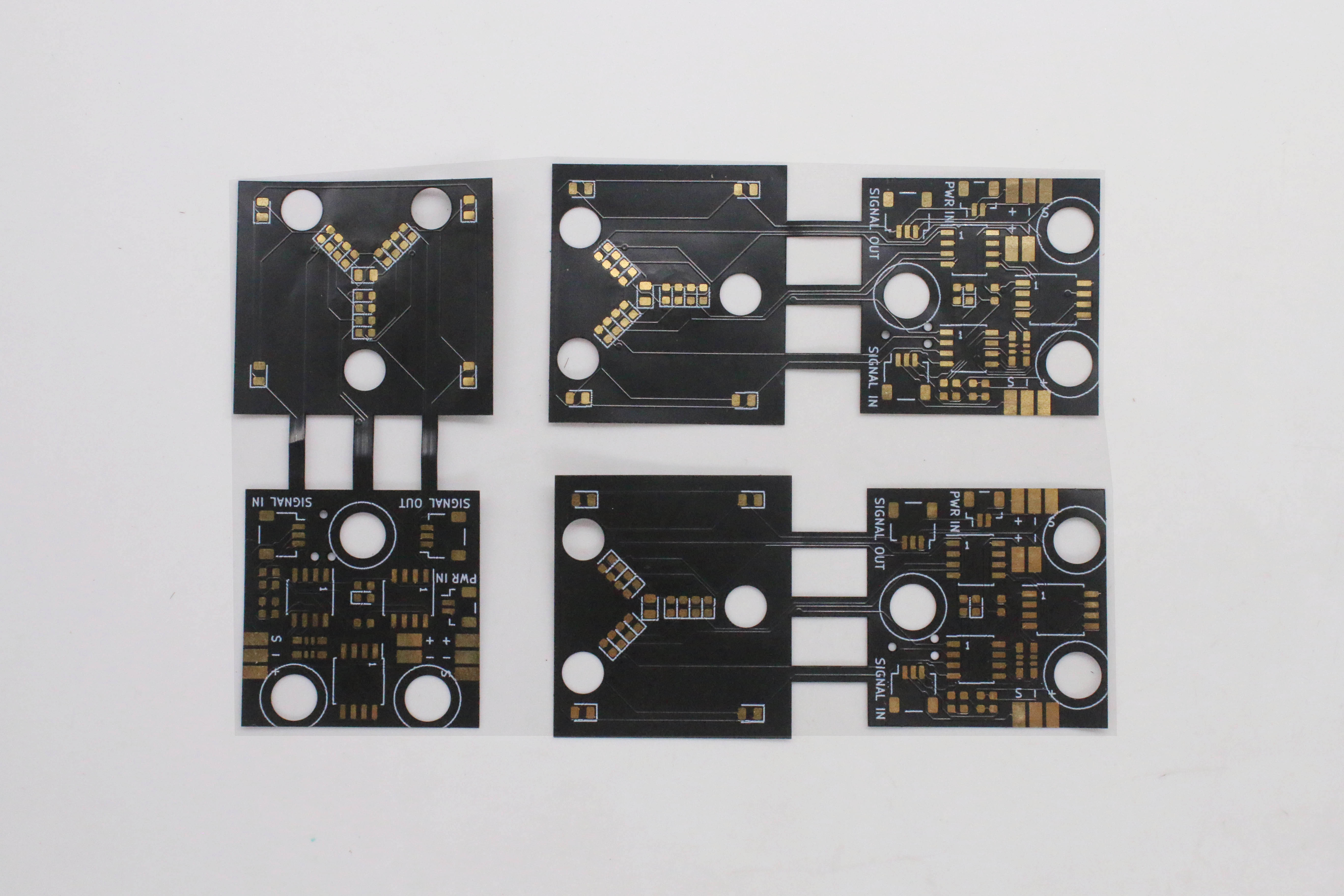
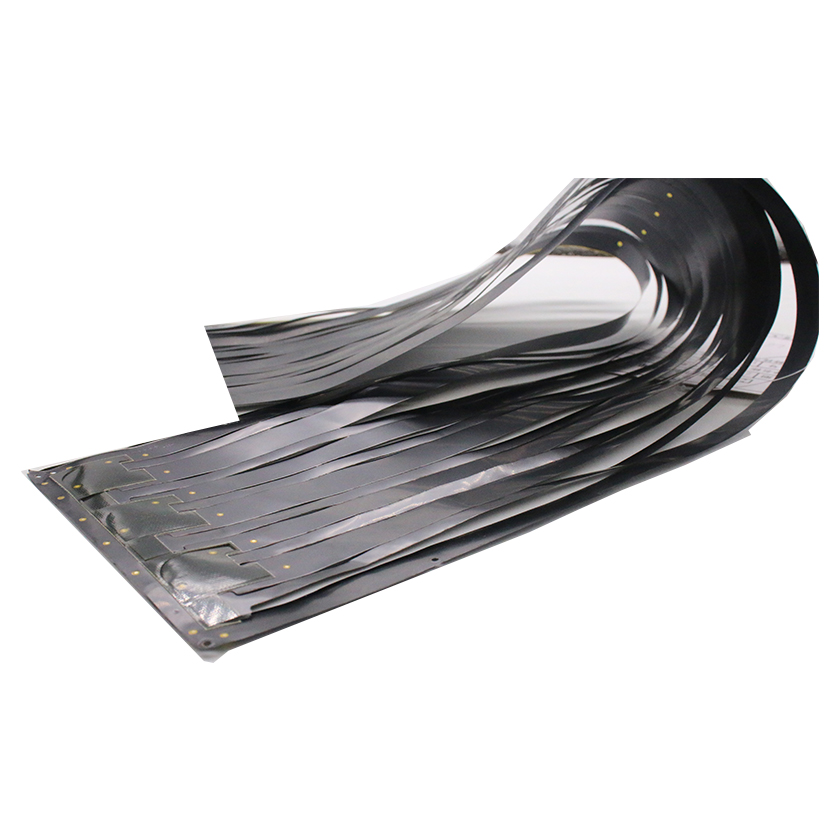
Although most standard PCB have fiberglass or metal bases. But generally, the core of a flexible printed circuit is composed of flexible polymer. Most flexible printed circuit boards are based on polyimide (PI) film.
There are two basic types of applications for flexible PCB.
Static application: install flexible PCB to adapt to a specific application. It can be understood as a one-time bending. (Also called flex-to-fit)
Dynamic bending application: As part of the final product application, the flexible PCB is bent multiple times.
People are increasingly using flexible PCB for electronic products, such as calculators, mobile phones, printers, and LCD TVs. In addition, they are also used in heart monitors, pacemakers, and hearing aids in the medical field. It even includes manufacturing robotic arms, processing machines, bar code equipment, etc. In fact, the applications of flexible PCB are endless.
PCBasic is one of the most popular flexible pcb manufacturers in Shenzhen, China. We specialize in producing flexible pcbs with low price and high quality. These flex circuit boards are custom-designed according to customer needs. Just look at the "product categories" that PCBasic specializes in, and you know how much we have expanded over the years.
These categories include data communications, optical networking, medical, industrial control, aerospace/military, etc., to name a few.

Assembly Enquiry
Instant Quote
Phone contact

+86-755-27218592
In addition, we've prepared a Help Center. We recommend checking it before reaching out, as your question and its answer may already be clearly explained there.
Wechat Support

In addition, we've prepared a Help Center. We recommend checking it before reaching out, as your question and its answer may already be clearly explained there.
WhatsApp Support

In addition, we've prepared a Help Center. We recommend checking it before reaching out, as your question and its answer may already be clearly explained there.
